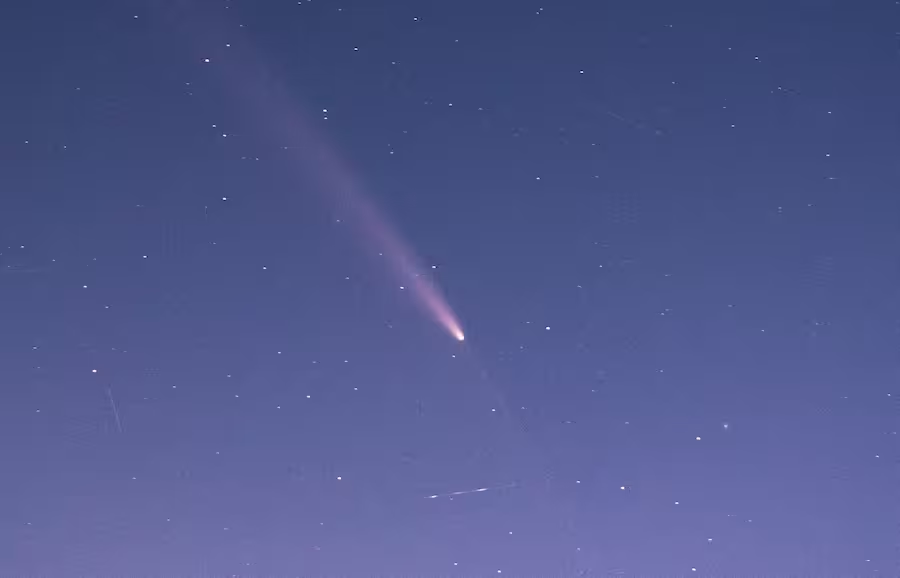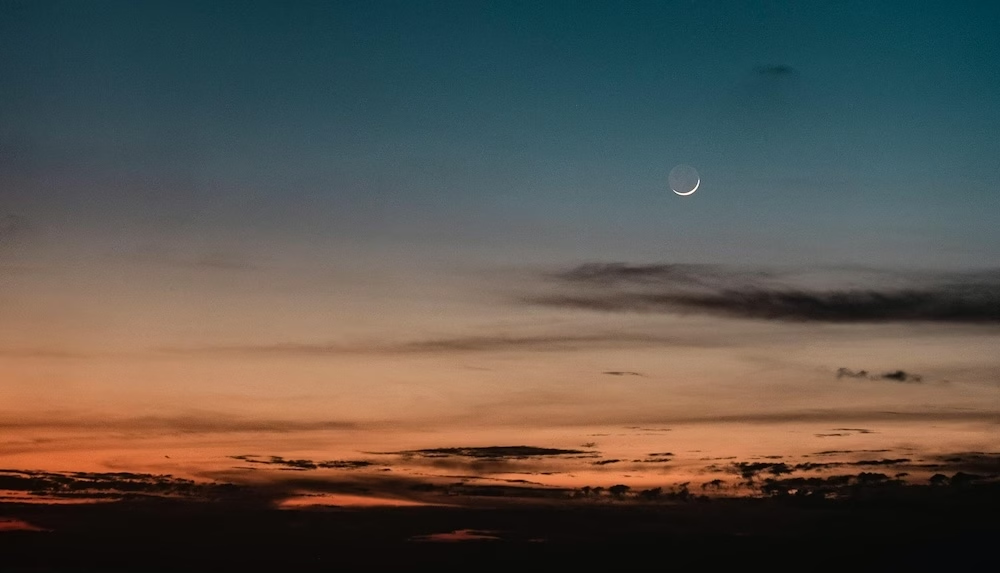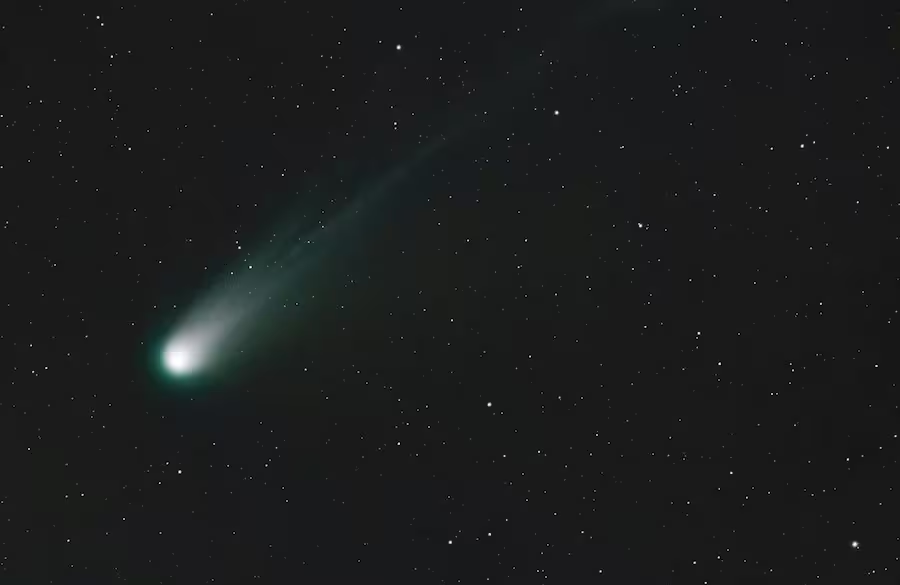Stargazers, get ready. The night sky is putting on an extraordinary show this month as six planets align in the evening sky, leading up to an even rarer seven-planet display on February 28. If you’ve ever wanted to witness a celestial event that won’t happen again for years, now is the time to look up.
What You Can See Right Now (Mid-February 2025)
For the next two weeks, Venus, Mars, Jupiter, Saturn, Uranus, and Neptune are aligning along the ecliptic, the sun’s apparent path in the sky. While they won’t form a perfect straight line, their arrangement is still breathtaking.
How to spot them:
- Venus & Saturn – Look low in the western sky after sunset. Venus, the unmistakable “Evening Star,” shines brightly, with Saturn glowing faintly below it.
- Jupiter – High in the sky near the constellation Taurus and close to the bright Pleiades star cluster.
- Mars – A reddish dot positioned in Gemini, rising higher as the night progresses.
- Uranus & Neptune – These dimmer planets require binoculars or a telescope. Uranus is in Aries, while Neptune is deep in Pisces.
Best time and locations for viewing:
- The alignment is most visible about 90 minutes after sunset, before the lower planets dip below the horizon.
- Dark-sky locations such as Montauk Point, the North Fork beaches, and the Pine Barrens provide the best conditions for viewing.
The Grand Finale: A Seven-Planet Alignment on February 28
As the month progresses, the planetary lineup will become even more spectacular. On February 28, Mercury will join the alignment, briefly creating a rare seven-planet display.
What to expect:
- Mercury & Saturn – Close to the western horizon. Mercury is difficult to spot but should be visible to the naked eye just after sunset.
- Venus – The brightest planet, positioned above Mercury and Saturn.
- Neptune – Faint and near Venus, requiring a telescope for visibility.
- Uranus – Near Aries and Taurus, positioned above Jupiter.
- Jupiter – A bright beacon high in the sky, close to the Pleiades cluster.
- Mars – Reddish and glowing in the eastern sky near Gemini.
Viewing tips:
- The best window to see all seven planets at once is only about an hour after sunset before Mercury and Saturn set.
- A telescope or binoculars will help in identifying the fainter planets, particularly Uranus and Neptune.
Why This Event Is Special
Planetary alignments like this are rare, occurring only a few times per decade. While the planets are not physically lined up in space, seeing seven planets at once in the night sky is an extraordinary event.
According to NASA, a planetary gathering of this scale will not be visible again in quite the same way for years.
Winter Skies Offer Ideal Viewing Conditions
February’s cold, dry air makes for some of the best stargazing conditions. Clearer skies mean less atmospheric distortion, and Long Island’s quieter off-season locations allow for darker viewing areas with minimal light pollution.
Pamela Gay, a senior scientist at the Planetary Science Institute, noted, “The stillness of winter skies offers a perfect opportunity to witness the dance of planets in our solar system.”
Looking Ahead: Future Planet Alignments
For those who miss this event, several other celestial displays are on the horizon:
- August 10, 2025 – A six-planet alignment featuring Mercury, Venus, Jupiter, Uranus, Neptune, and Saturn in the morning sky.
- September 8, 2040 – Five bright planets align with a crescent moon, creating a dramatic night sky event.
Final Thoughts
This kind of planetary alignment won’t happen again in exactly this way for years. Whether you’re an astronomy enthusiast or simply enjoy looking at the stars, this is a must-see event.
Dress warmly, find a dark-sky location, and take advantage of this rare moment to witness the planets aligning above Long Island.




